
The Call Duck is a Bantam breed of duck that comes in a number of beautiful colors.
As a Bantam breed, they tend to be a lot smaller than other ducks with shorter, bills, legs, body and smaller feet.
These little ducks make excellent pets and add a bit of fun and color to the back garden.
They are excellent show birds and they have a really fun character. They love to explore and can be quite inquisitive and entertaining to watch.
Although the eggs may be smaller than other larger breeds they will lay around 150 of them a year. They still make a decent meal and great cakes if used in baking. Though they will not give a person much meat they have been known to be used as a delicacy in some places.
The Call duck is a great starter breed duck that does not need as much space as other ducks.
GENERAL INFORMATION |
|
|---|---|
| Country of Origin: | Netherlands |
| American Poultry Association: | yes Recognized by the American Poultry Association |
| Duck Category: | Bantam |
| Duck Class: | Netherlands |
| Colors: | Gray, Date of acceptance: 1874 White, Date of acceptance: 1874 Snowy, Date of acceptance: 1982 Blue Bibbed, Date of acceptance: 1977 Buff, Date of acceptance: 1996 Pastel, Date of acceptance: 1996 Butterscotch, Date of acceptance: 2004 Chocolate, Date of acceptance: 2007 |
| Good starter duck? | Yes |
| You may Also Like: | TOP 10 GOOD STARTER DUCK BREEDS |
| Bantam Variety Available? | There is only a Bantam Breed |
| You may Also Like: | 10 BEST BANTAM DUCK BREEDS |
APPEARANCE / IDENTIFICATION
| DUCK BITS | DESCRIPTION | COLOR | |||||||
|---|---|---|---|---|---|---|---|---|---|
| EYES⇒ | Same for M & F | Dark Brown/Black | |||||||
| BILL⇒ | Same for M & F | Light Pale Pine | |||||||
| * Black bean tipped | |||||||||
| CRESTED? | No | ||||||||
| LEGS⇒ | Short | Orange | |||||||
| Same for M & F | |||||||||
| FEET⇒ | Same for M & F | Orange | |||||||
| WINGS⇒ | Depends on the color variety | See color varieties as per the table above | |||||||
| Similar for M & F only the female is not as colorful as the male | |||||||||
| FEATHERS⇒ | Depends on the color variety | See color varieties as per the table above | |||||||
| Males are richer in color than the females. Except for the white and snowy varieties where the M & F look a lot alike. |
|||||||||
| SKIN COLOR⇒ | Same for M & F | White | |||||||
| Can go yellowish depending on what they are fed | |||||||||
| AVERAGE WEIGHT⇒ |
|
||||||||
| *Bean: This is also called the nail. It is a small round bump found at the end of the duck’s bill. It is used for defence and to catch insects. It is almost like a fingernail and is damaged can grow back. It can also get overgrown much like fingernails if they do not have something to grind it down on. | |||||||||
| ** Note: This is an average weight for the male duck and not a guaranteed weight | |||||||||
USE/PURPOSE |
||||||||||||||||||||||||||||||||||||
|---|---|---|---|---|---|---|---|---|---|---|---|---|---|---|---|---|---|---|---|---|---|---|---|---|---|---|---|---|---|---|---|---|---|---|---|---|
Females/Hens⇒ |
Historically they were used as a decoy duck for hunting, eggs, show birds and now ornamental
|
|||||||||||||||||||||||||||||||||||
Males/Drakes⇒ |
Historically they were used as a decoy duck for hunting, eggs, show birds and now ornamental
|
TEMPERAMENT |
|
|---|---|
| “Easy, calm and friendly. They are very lively and active ducks that get uploads of antics to keep you entertained.” | |
| Good with Kids? | Call ducks have been known to be very good with kids. |
| You may Also Like: | 10 BEST DUCK BREEDS TO KEEP AS FAMILY PET |
| Flyers? | They are extremely good strong flyers and will fly any chance they get. It may be wise to have their wings clipped? |
| Noisy Birds? | They are extremely noisy ducks. They love to chat and have their say. |
| Interact with other ducks? | They are very sociable ducks that love to chat away with any duck that will listen |
| Best duck breeds to mix them with: | Any domestic duck breed especially those of the same size. |
| Other animals? | I would watch dogs and cats around them |
IDEAL ENVIRONMENT |
|
|---|---|
| “They are really hardy for their size” | |
| Ideal Garden Size? | Small to medium |
| Can be Confined? | Yes |
| Free-Range | As long as the garden is protected |
| Penned Free-Ranging? | This may be a better foraging option as they are a juicy target for predators |
| Foragers | All ducks love to go find slugs and snails. |
| Endures heat well | Yes |
| Endures cold well | Yes |
| Special Requirements? | No |
| Ideal Duck House: | Any standard size hutch |
| Ideal Duck Pond: | A kiddie’s plastic splash pool or smaller shallow pond |
| Flock/Paddling Size: | 2 or more. |
| You may Also Like: | 22 Best DOMESTIC DUCK BREEDS |
GOOD TO KNOW |
|
|---|---|
| Special Care/Attention Requirements? | They have no special needs |
| Known Predators: | Check with animal control in your area for known predators |
| Conservations Status: | Not Listed For more information on poultry, conservation status, check the American Livestock Conservancy Website |
| Breeders Clubs: | National Call Breeders of America |
| Where to buy them: | Check with Purely Poultry, Welp Hatchery or check with local suppliers/farmers, the APA or check with the American Livestock Conservancy |
| Other: | If you do not want to risk having your ducks shipped check with your local poultry farms for advice on your nearest supplier. |
HISTORY
The Call duck is a Bantam breed and one of the first original breeds of ducks to be recognized and standardized in Britain in 1865. These ducks have been in Britain since around 1850.
The Call Duck was bred directly from the Mallard duck and was originally used as a decoy duck. They would be tethered to the end of a duck trap. The Call duck would give off a loud call which would be heard by the wild ducks. This would entice the wild ducks to come to investigate and when they did they would be caught in the trap. They would then be used for commercial use.
The origin of these lively and entertaining little ducks is not known. But it is surmised that they were originally from Asia before being recorded as a breed in the Netherlands.
The Call duck first arrived in America in the mid-1800’s where it was used as a decoy for duck hunters. Here the duck would be tethered, and it would give off its loud call to entice wild ducks for the hunters.
Using Call ducks as decoys for hunting was banned in America in the late 1800’.
The Gray variety and the White variety of Call ducks were admitted into the Standard of Perfection by the American Poultry Association in 1874. With some more colors following through the following years.
Today the Call duck is a very popular exhibition, ornamental and pet duck breed in the USA.
Health
No known health issues. They are a very hardy breed of duck for their smaller size
- Ducks need water to ensure they do not get “wet feather” disease. This is where the preening gland dries out. Water also stops them from getting pests such as mites, fleas, ticks, lice, etc.
- Well, fed ducks should hardly have any health issues.
- Any birds kept in a flock need to be dewormed. Although ducks are not as prone as other poultry they should still have a de-worming regime. Speak to a local vet or poultry experts for advice. Our article on Healthy Ducks has some great tips and advice on de-worming ducks.
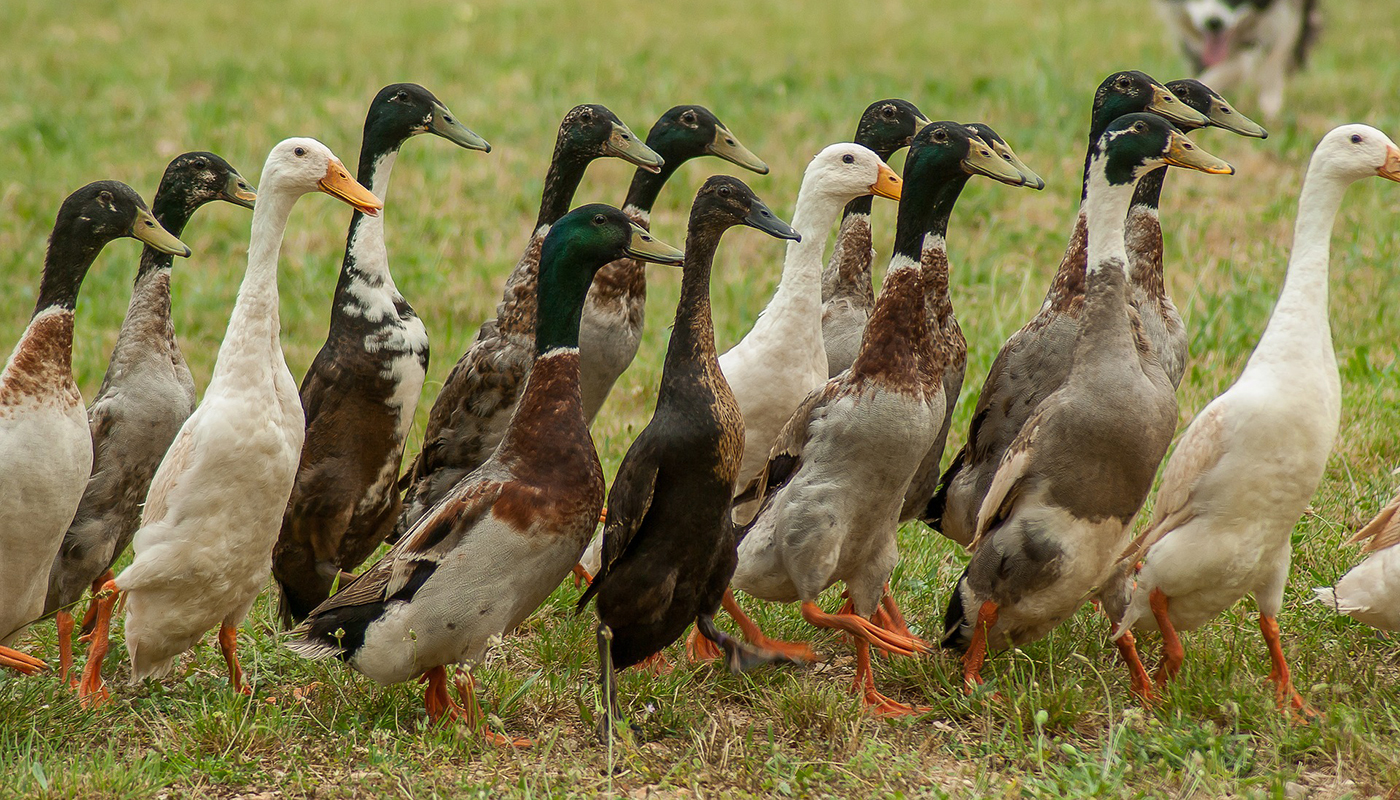 Indian Runner Duck Breed – Everything You Need to Know
Indian Runner Duck Breed – Everything You Need to Know Domestic Duck Breeds – Getting your Ducks in a Row! Part 2
Domestic Duck Breeds – Getting your Ducks in a Row! Part 2 Muscovy Duck Breed – Everything You Need to Know
Muscovy Duck Breed – Everything You Need to Know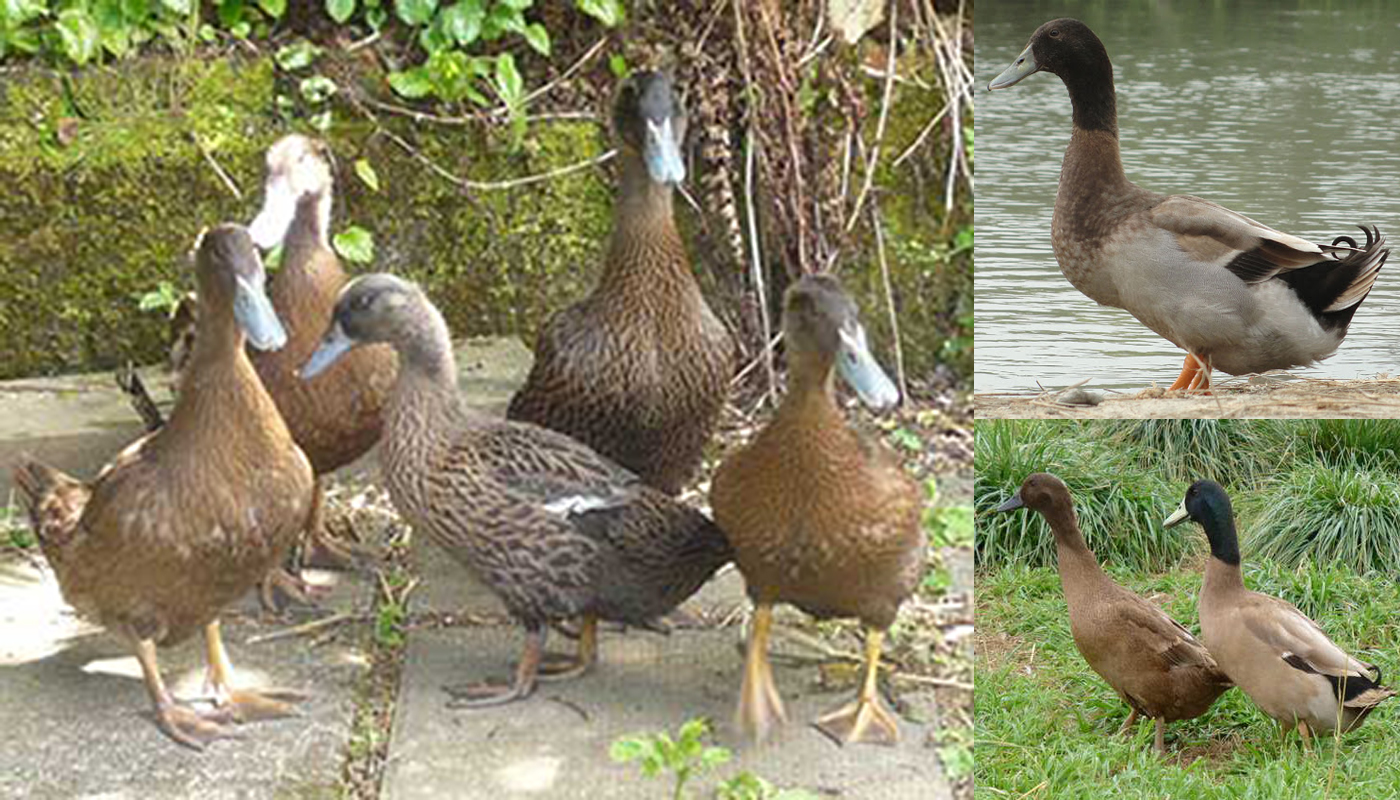 Khaki Campbell Duck Breed – Everything You Need to Know
Khaki Campbell Duck Breed – Everything You Need to Know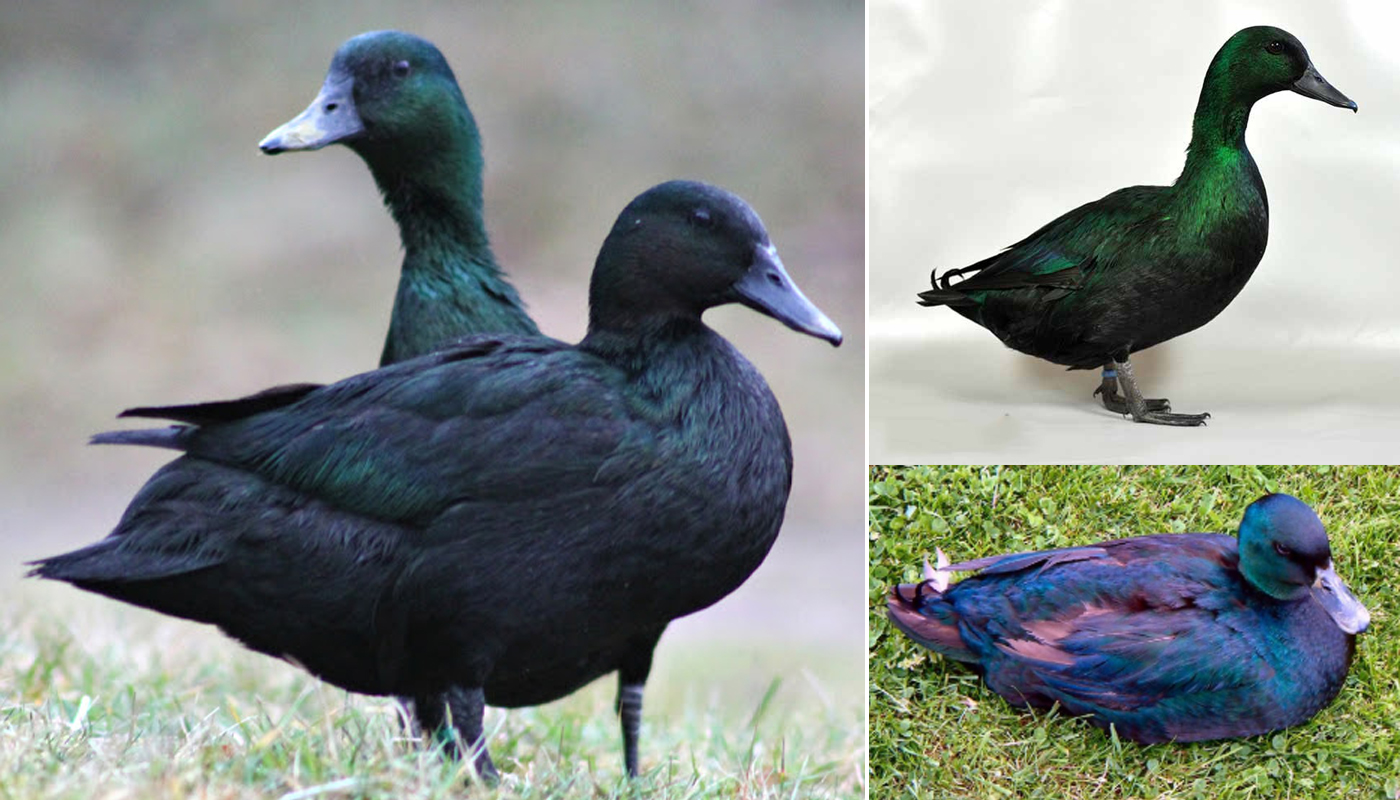 East Indie Duck Breed – Everything You Need to Know
East Indie Duck Breed – Everything You Need to Know Domestic Duck breeds that are or are Fast Becoming Quit Rare
Domestic Duck breeds that are or are Fast Becoming Quit Rare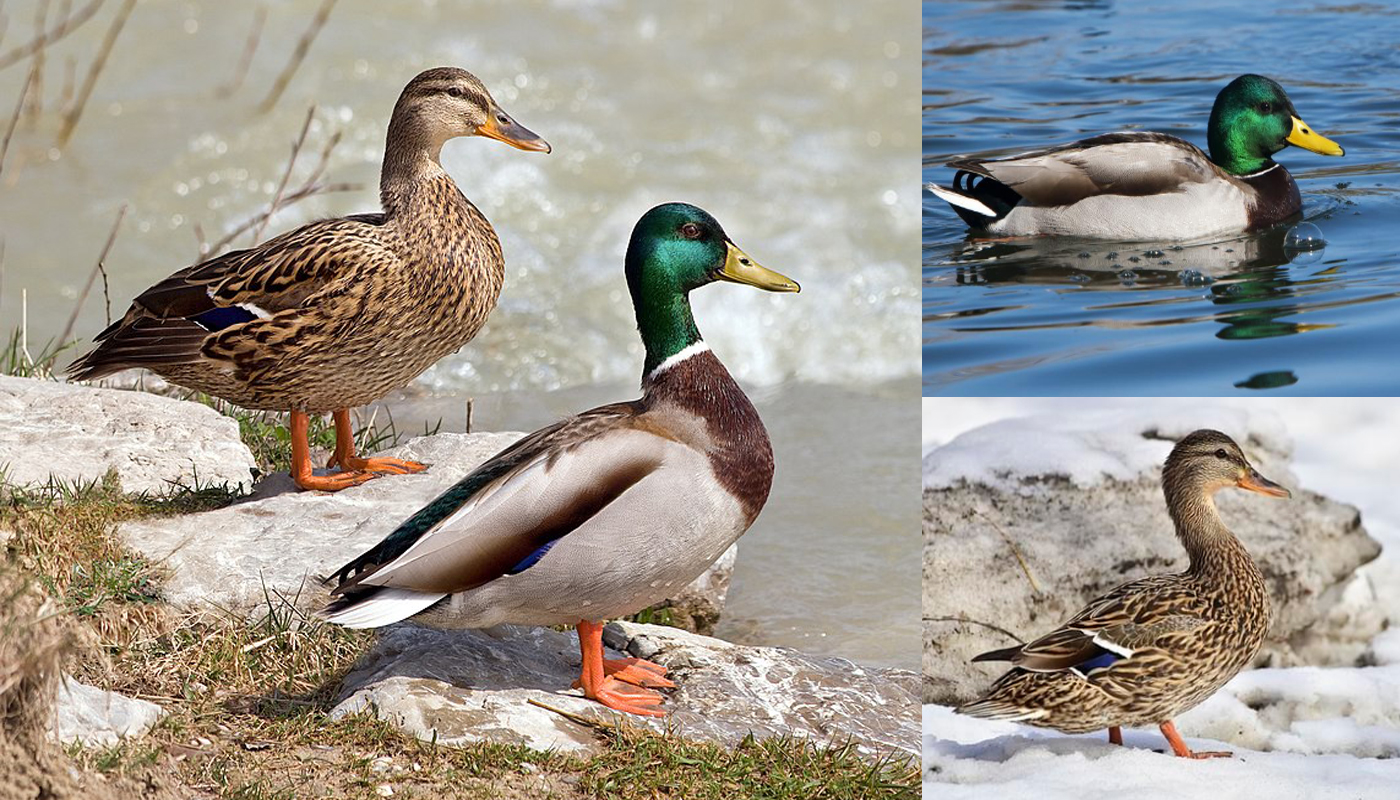 Mallard Duck Breed – Everything You Need to Know
Mallard Duck Breed – Everything You Need to Know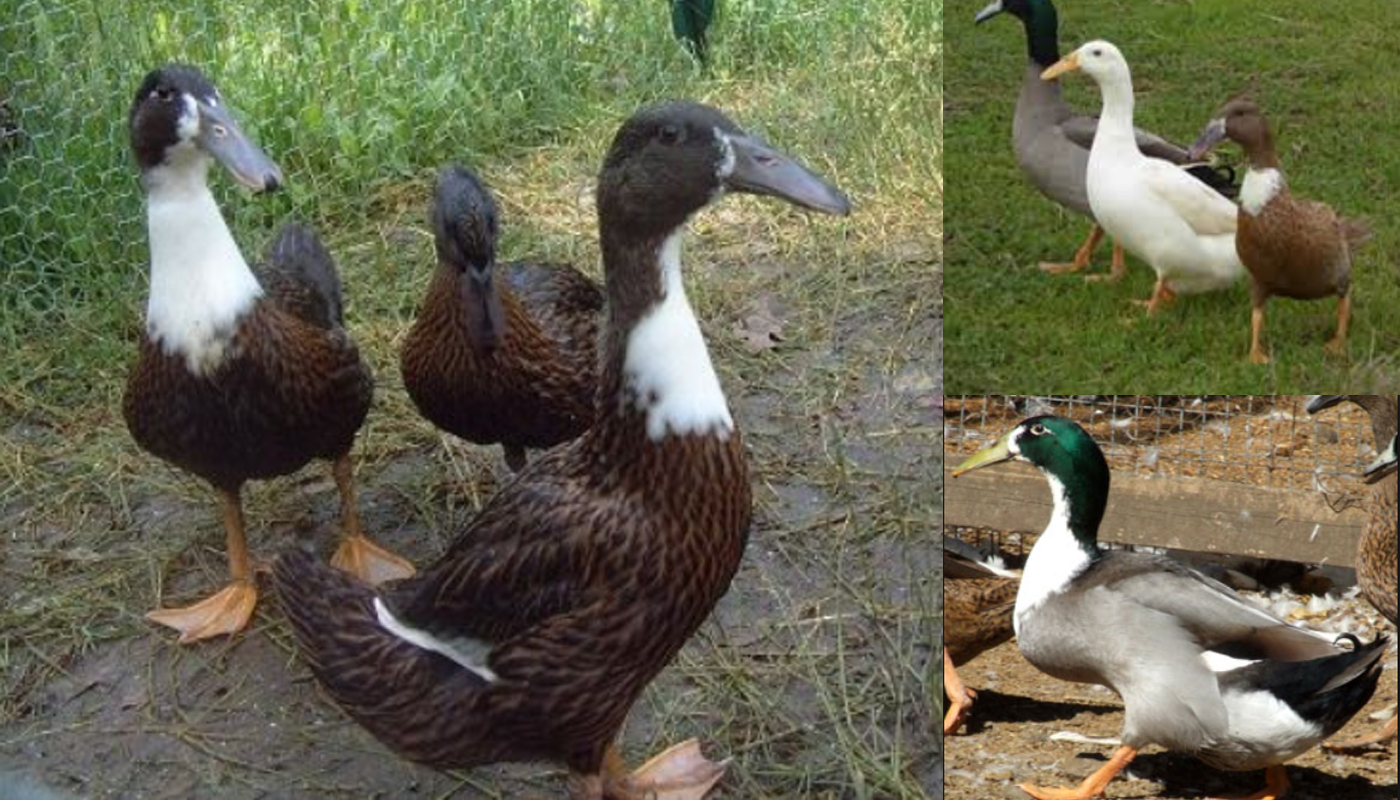 Hookbill Duck Breed – Everything You Need to Know
Hookbill Duck Breed – Everything You Need to Know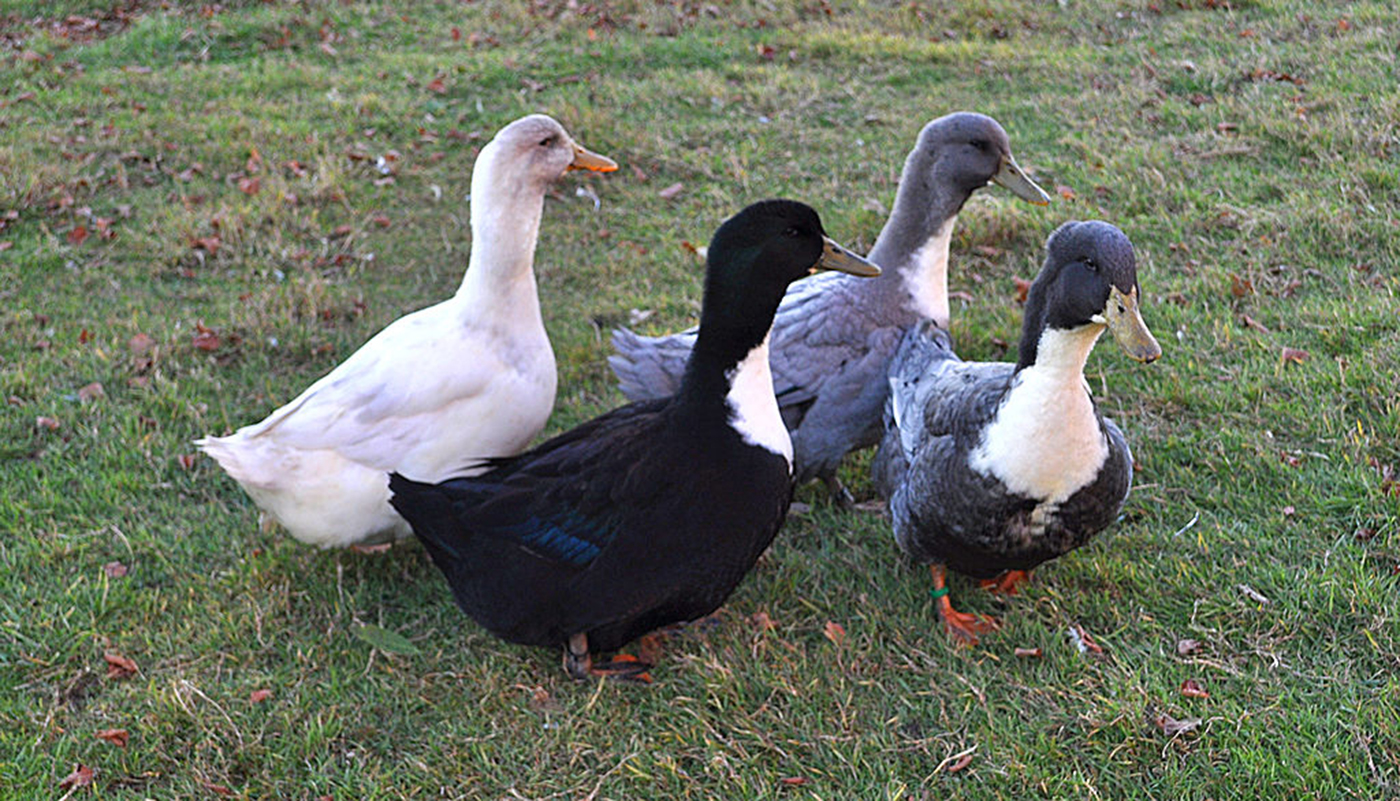 Swedish Blue Duck Breed – Everything You Need to Know
Swedish Blue Duck Breed – Everything You Need to Know Top 10 Domestic Ducks for the Backyard that also Make Good Starter Ducks
Top 10 Domestic Ducks for the Backyard that also Make Good Starter Ducks Rouen Duck Breed – Everything You Need to Know
Rouen Duck Breed – Everything You Need to Know